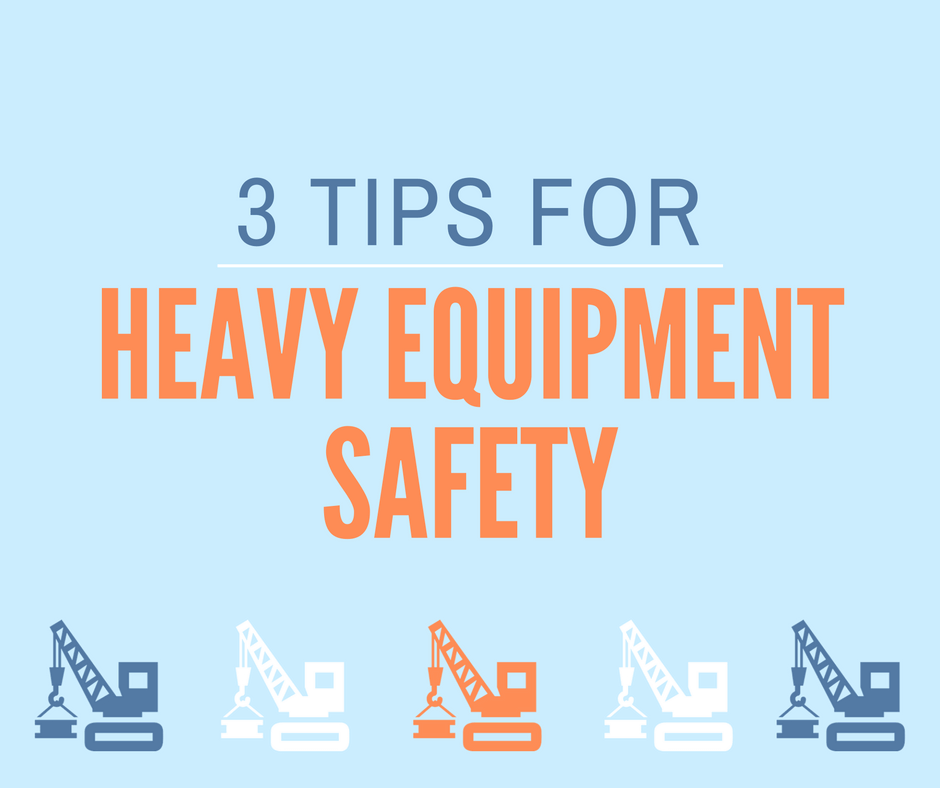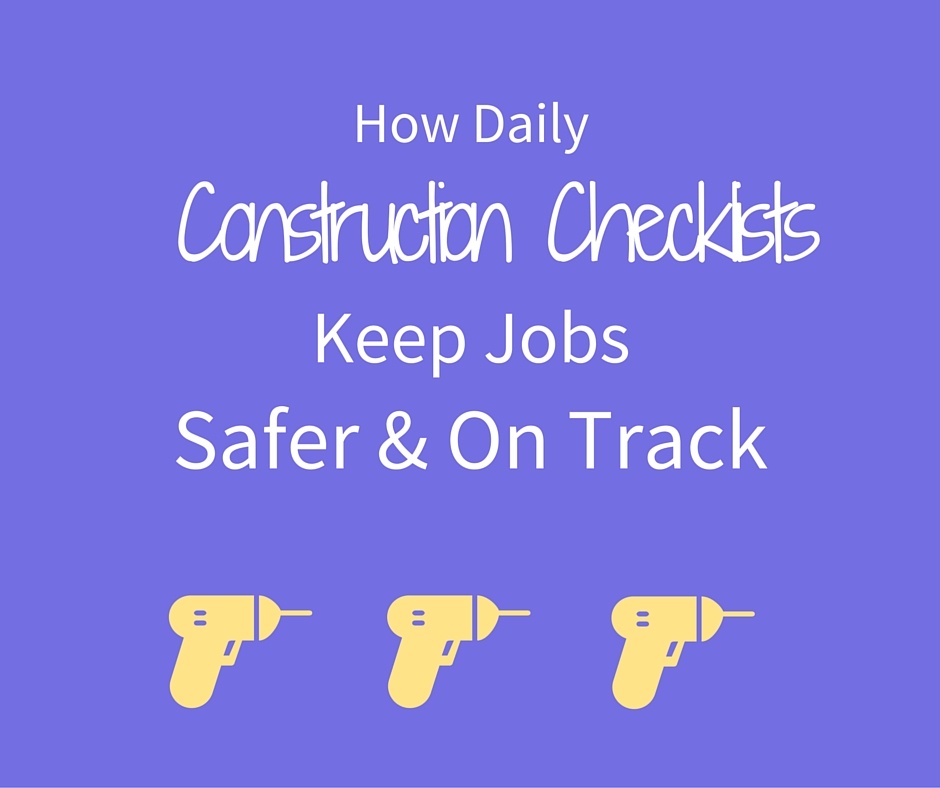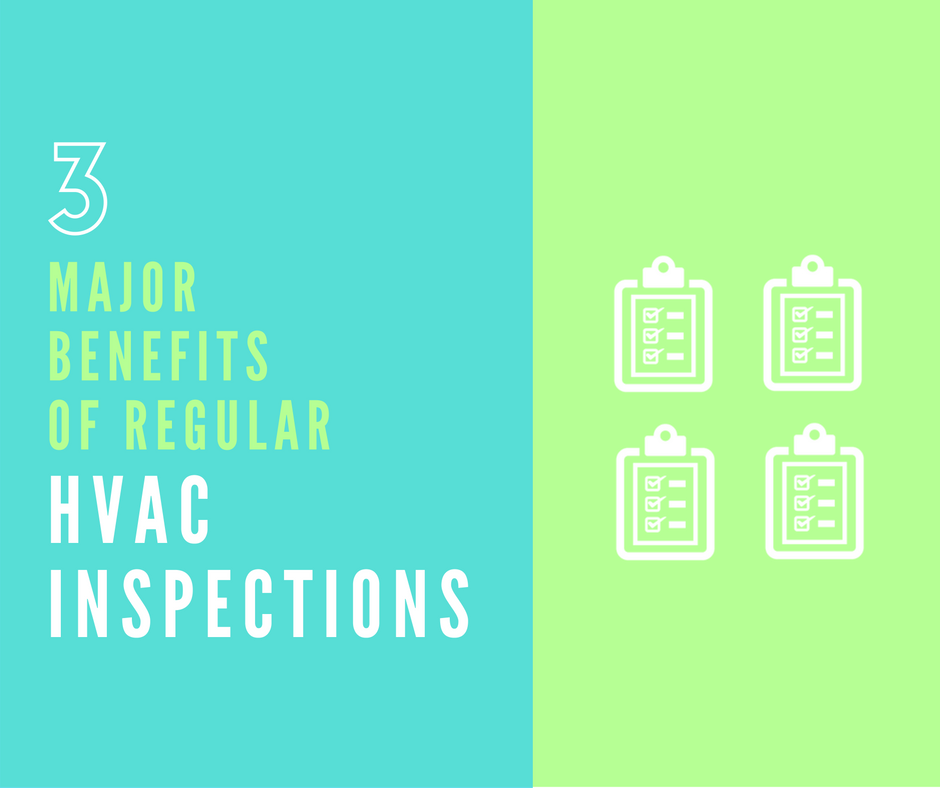Three Ways to Improve Workplace Safety
Sometimes, businesses get caught up in how quickly they can get a job done or how much they're able to bill for a certain project - forgetting the...

If you work in construction, oil and gas, farming or a similar industry, it’s likely that your teams operate heavy equipment like cranes, aerial lifts, compactors, or trucks daily. The many dangers and hazards associated with operating such powerful machinery make heavy equipment safety not only a priority for businesses in these industries, but an obligation under Occupational Safety and Health Administration (OSHA) laws.
Each year, thousands of workers suffer from struck by, caught-in/between, and other heavy equipment-related injuries and fatalities. Eliminating the frequent violation of OSHA machinery, machine guarding, and other standards can help prevent these accidents and fatalities.
In this blog, we’ll discuss three tips for staying on top of heavy equipment safety so you can ensure your commitment to the well-being of your workers, OSHA standards, and continue adding to your number of accident-free days on-site.
Employers are responsible for protecting their workers from hazards that can be caused from operating heavy machinery on the job site. The first step in protecting your workers and preventing accidents is educating operators through training.
Ensure that all workers who will be operating heavy equipment have the adequate training and experience - and never make exceptions. These machines can be highly technical, so it’s crucial that workers understand all aspects of how the equipment operates before controlling it. In fact, regulations state that the equipment should be operated and maintained as per the manufacturer's instructions, so training should also include the manufacturer's operating guidelines in addition to OSHA standards and best practices.
Ongoing training through refresher courses or when new equipment is purchased will also help reduce the risk of incidents on-site.
The proper maintenance and inspections of your machines plays as big of a role in accident prevention as training. This complex, powerful equipment runs on thousands of moving parts. Without adequate maintenance and heavy equipment inspections, your machines pose a significant threat of injuries and even fatalities.
Verify all of your equipment, materials and protective devices are maintained and in good condition by using tools like mobile checklists and heavy equipment inspection forms. Mobile forms and checklist allow your foremen to complete inspections on any mobile device, quickly and easily. By requiring teams to perform daily inspections, they will be able to identify any issues before they become hazards or cause incidents.
OSHA requires employers to provide the right information, instruction and supervision to workers in order to protect their health and safety. Unfortunately, even with the proper training, human error and forgetfulness can happen - risking injury or death.
Have your foremen or safety representatives hold daily toolbox talks, to address any dangers workers may face throughout the day and provide any information they may require to perform a specific job that day. Toolbox talks can also be used to remind staff about safety procedures and how they can avoid common causes of injury such as:
Adding this extra step to your commitment to heavy equipment safety, will decrease the risk of accidents on-site by making safety top-of-mind for your teams.
With struck by, caught-in/between, and other heavy machinery-related incidents the cause of so many injuries and deaths each year, your commitment to heavy equipment safety is crucial. To ensure your compliance with OSHA standards, help prevent accidents, and look out for the health and safety of your teams there are three easy things that you can do:

Sometimes, businesses get caught up in how quickly they can get a job done or how much they're able to bill for a certain project - forgetting the...

On a construction site, staying on top of team focus and standards is crucial to the success of a project, as well as the safety of the labourers...

Performing regular HVAC inspections and maintenance is essential when it comes to optimizing the performance and lifespan of your building’s...